Transforming Onboarding for 2025: The Pros and Cons of Going Digital
October 27th, 2023
4 min read
By Dana Vincent

Time is one of the most precious resources a growing business has, but there never seems to be enough of it. How often do you feel like there simply aren’t enough hours in the day to check off everything on your to-do list? As we look forward to 2025, reflecting on growth and setting goals for the new year can feel both exciting and daunting.
If your organization is among the 58% of companies still relying on physical paper records and manual data entry for onboarding, the thought of handling new hires this way for another year might leave you feeling exasperated. It’s frustrating to feel that every new employee is two steps forward and one step back, especially when many companies find it takes over six months to break even on a new hire investment.
At Lift HCM, we know the struggle. We’ve spent decades helping organizations move past these bottlenecks by adopting digital onboarding methods that streamline administrative tasks and maximize productivity. In this article, we’ll explore the benefits and challenges of digital employee onboarding, helping you decide if a switch is the right move for your organization in 2025.
Top 5 Benefits of Digital Employee Onboarding
Digital employee onboarding offers substantial advantages that can transform how your business welcomes and integrates new hires. Here’s how digital solutions can add value to your onboarding process.
1. How Digital Onboarding Reduces Errors and Speeds Up Hiring
One of the biggest advantages of digital onboarding is accelerating the time from hiring to an employee's first productive day. Imagine the ease with which an online form autofills based on previous entries. Digital onboarding systems work similarly, auto-filling data fields and streamlining paperwork. This process not only saves time but also reduces errors due to poor handwriting or manual data entry mistakes—helping ensure that information flows smoothly and accurately from the start.
2. Ensuring Compliance with Local, State, and Federal Regulations
Keeping up with the latest regulations can be a monumental task, especially when new hire paperwork needs to comply with complex local, state, and federal laws. Digital onboarding platforms help businesses stay compliant by programmatically guiding employees through required documentation, ensuring that critical fields are completed correctly and that records are easily accessible for audits. This compliance boost can be a lifesaver in industries with strict regulatory standards.
3. Lightening the Load on HR and Administrative Staff
By automating the collection, submission, and storage of employee records, digital onboarding significantly reduces the administrative burden. For smaller businesses, this can make a world of difference, freeing up HR staff and leadership to focus on strategic initiatives instead of routine paperwork. Moreover, Lift HCM’s digital onboarding solutions enable secure storage and easy retrieval of records, adding convenience without sacrificing security.
4. Long-Term Cost Savings Through Efficiency
Over time, digital onboarding can lead to substantial cost savings by eliminating paper, printing, storage, and data entry expenses. These systems also simplify tax season and financial audits, as accountants can access digital records quickly and efficiently. For businesses aiming to cut operational costs, the shift to digital onboarding is an investment that keeps paying off.
5. Boosting Employee Experience and Retention
Onboarding is often an employee's first impression of a company, and studies show that a positive onboarding experience can significantly impact retention and productivity. New hires typically complete around 41 to 54 tasks during onboarding, which can feel overwhelming. Streamlining this process digitally helps employees feel more supported and prepared, leading to an 82% increase in employee retention and a 70% productivity boost among new hires. These numbers underscore how a smooth onboarding process fosters a productive and loyal workforce.
Challenges of Digital Employee Onboarding
While digital employee onboarding offers numerous advantages, it’s essential to consider potential challenges as well.
Managing Upfront Costs and Budgeting for Technology
Implementing a digital onboarding system requires an initial investment in software, hardware, and training. Businesses need to budget for a digital platform, potentially upgrade hardware, and provide training to ensure the system is used effectively. While these upfront costs may seem daunting, they’re ultimately an investment in long-term efficiency. Lift HCM offers scalable solutions tailored to business needs, helping minimize waste and prioritize cost-effective onboarding.
Ongoing Technical Support and Maintenance
Digital platforms need regular updates and occasional troubleshooting, which can require additional IT support. Businesses might need to hire IT staff or outsource technical support to handle software updates, integration, and user training. Although these ongoing costs can add up, proper support ensures a positive experience for both HR staff and new hires, helping systems operate smoothly.
Protecting Employee Data and Ensuring Security
When onboarding employees digitally, data security becomes a top concern, especially for sensitive information. Protecting employee records requires strict protocols like encryption, firewalls, and regular audits. Cloud-based platforms, such as the isolved system we use at Lift HCM, come with integrated features like multi-factor authentication, regular updates, and encryption, which alleviate the security responsibilities of in-house IT and help safeguard data.
Data security is a critical concern in digital employee onboarding. Protecting sensitive data on on-premise servers requires ongoing security measures and expenses, including firewalls, encryption, and audits. Continuous monitoring and updating of security protocols are essential. However, secure cloud storage platforms can mitigate these concerns with built-in security features like encryption, multi-factor authentication, and regular updates, reducing the IT burden and ensuring data protection.Making the Shift: Is Digital Onboarding Right for Your Business?
Digital onboarding can streamline processes, reduce administrative workloads, and improve the employee experience. Although initial costs and considerations like data security are real concerns, the long-term benefits—including compliance, reduced errors, and increased productivity—often outweigh these challenges.
If you’re wondering whether digital onboarding is the right fit for your business, Lift HCM can help. As experts in human capital management, we’ve been helping companies of all sizes modernize their onboarding processes for over 50 years. Our team provides guidance tailored to your unique needs, whether you're a small business taking your first digital steps or a growing company looking to scale efficiently.
Contact Lift HCM today to explore how we can help you implement a seamless, digital onboarding process that positions your employees—and your business—for success.
Reach out to us to get started or explore more of our resources below!
- 10 Biggest Benefits of Digital Onboarding for Restaurant Employees: Explore industry-specific insights on the advantages of going digital in a high-turnover industry.
- Paper Timekeeping: 5 Reasons to Switch to Digital: Learn why it’s time to retire paper-based timekeeping methods.
- HR Outsourcing Costs 2025: What Employers Can Expect To Pay For Services: Get a clear picture of HR outsourcing costs and how to budget effectively.
Note: This article is for informational purposes and does not constitute legal advice. For specific guidance, consult a legal professional.
Dana Vincent is a seasoned Business Development Manager, who supports business owners in finding the right solutions for their payroll and HCM needs. Dana comes from a background in restaurant management, and has used that experience to understand the needs of small business owners. From small companies to large, Dana can help them with tools that can streamline their processes, enhance their compliance, and aid in their talent management. Outside of work, Dana is kept busy with her family, training her young dog to stop jumping on people, and renovating her 100 year old home.
Topics:



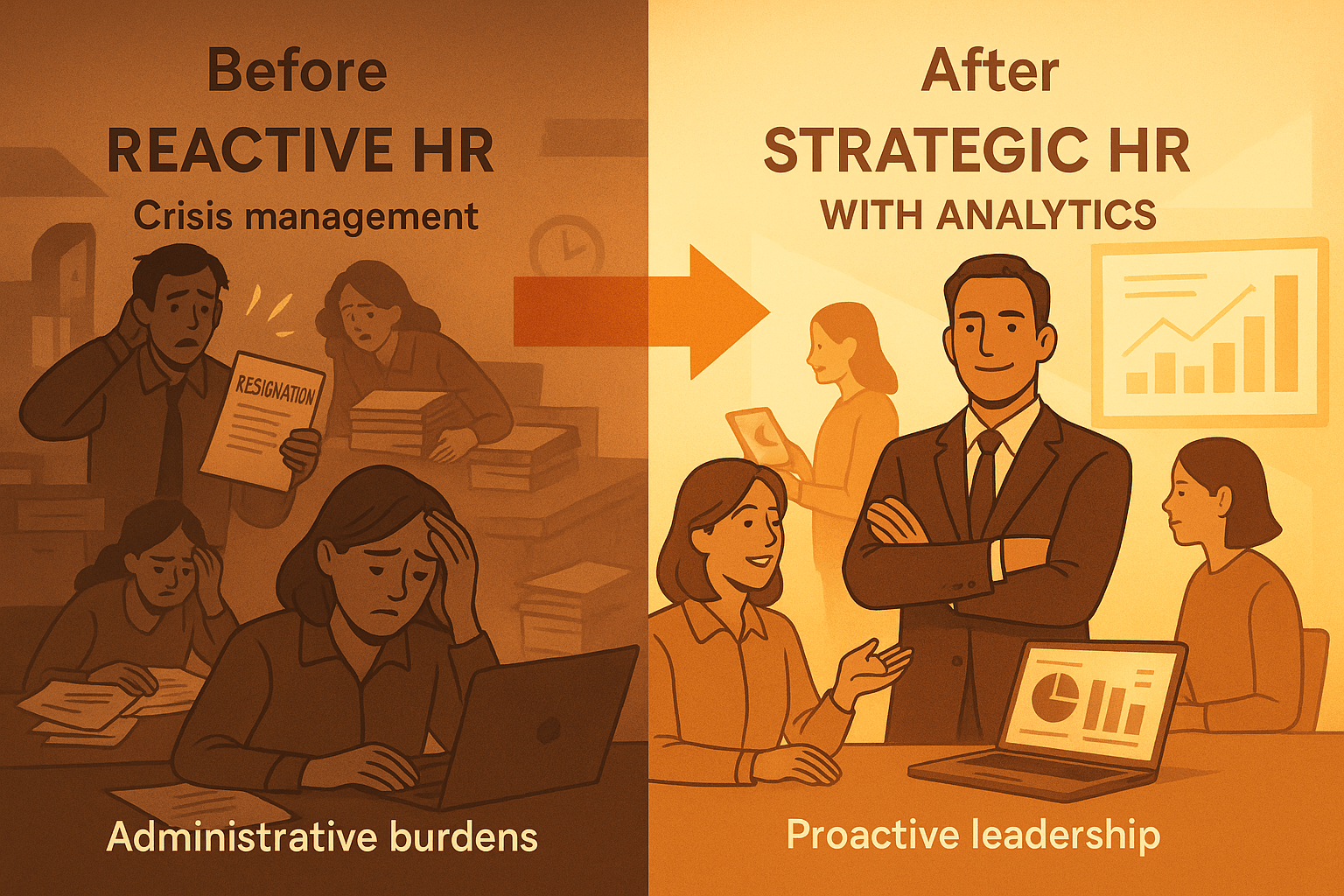
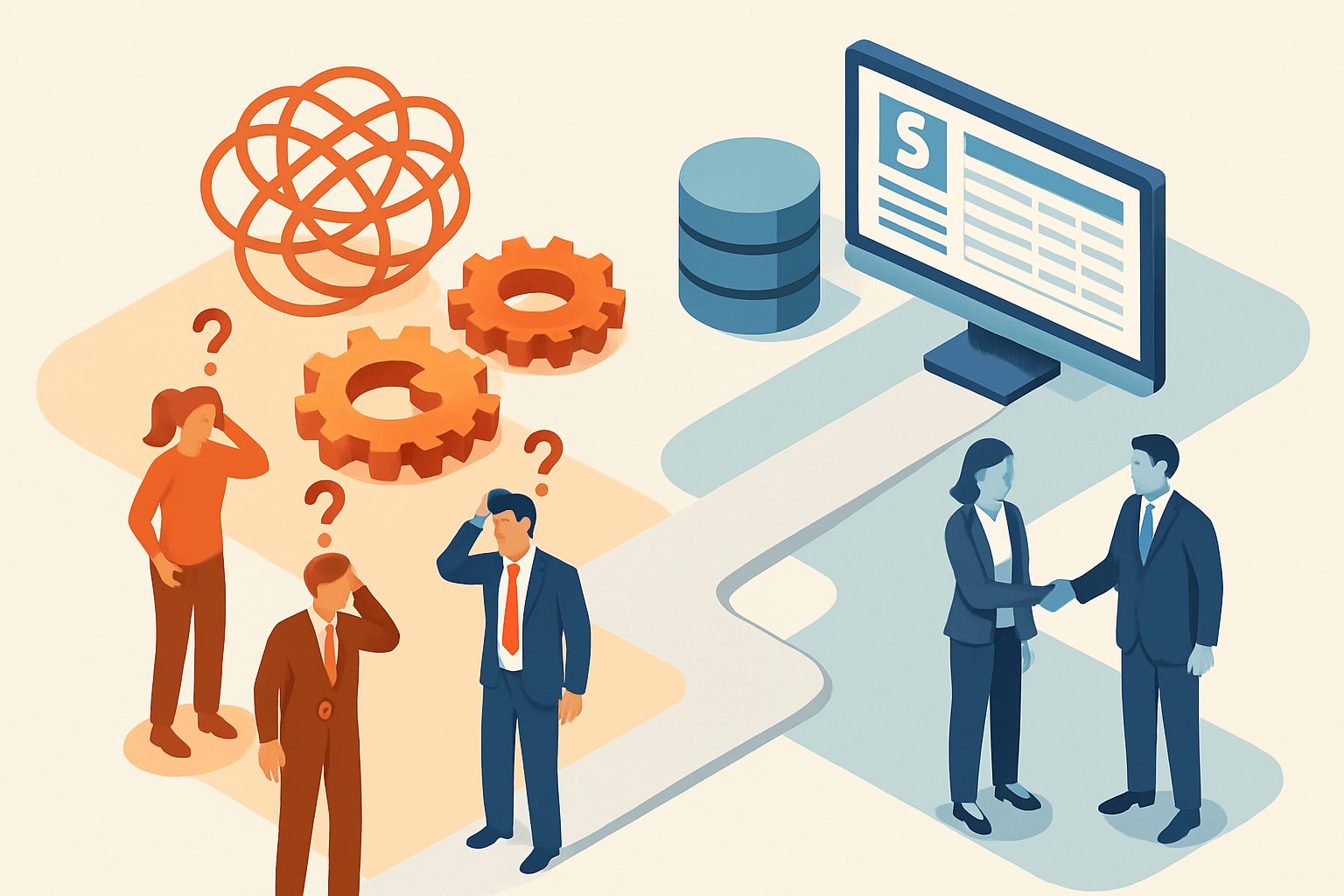
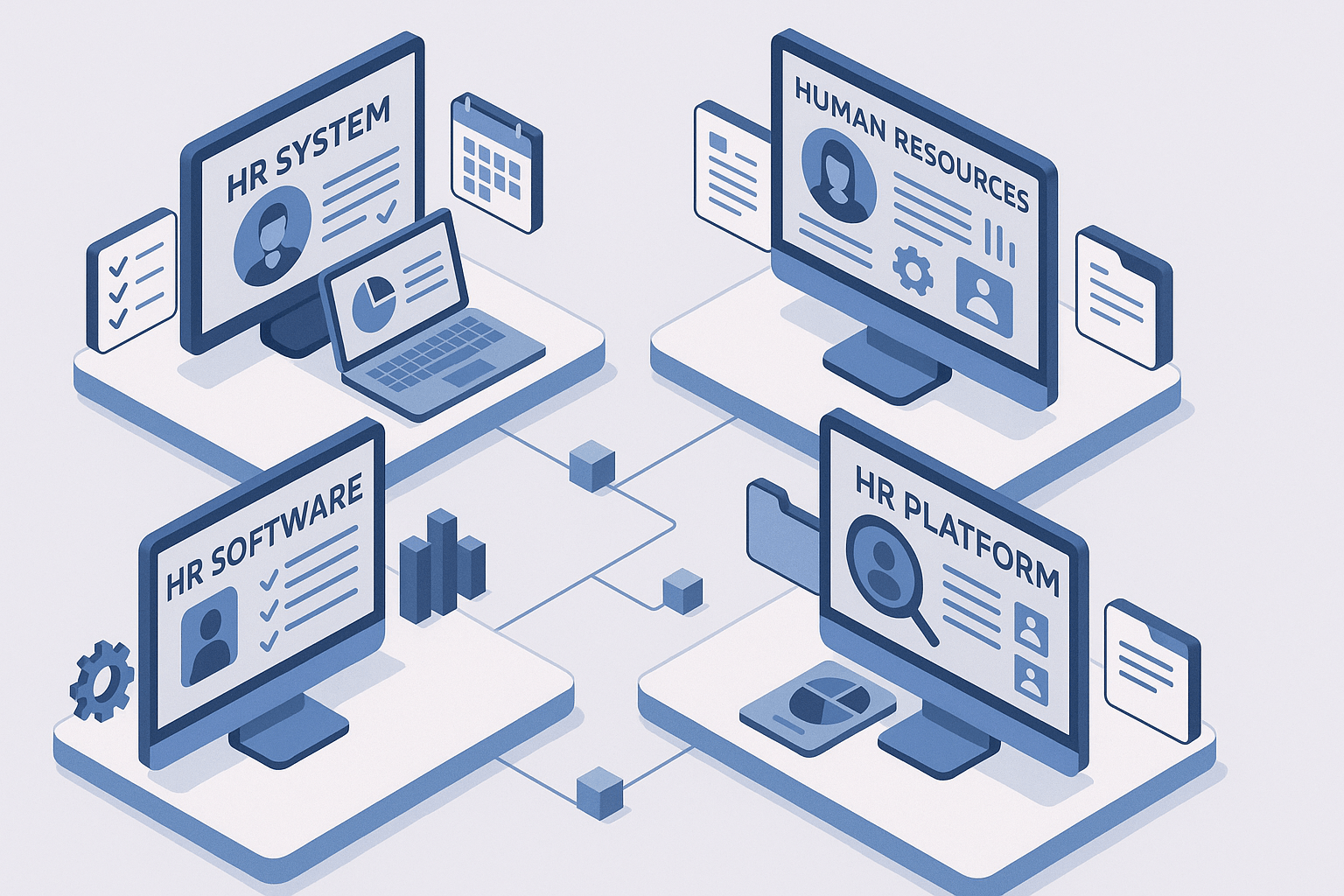
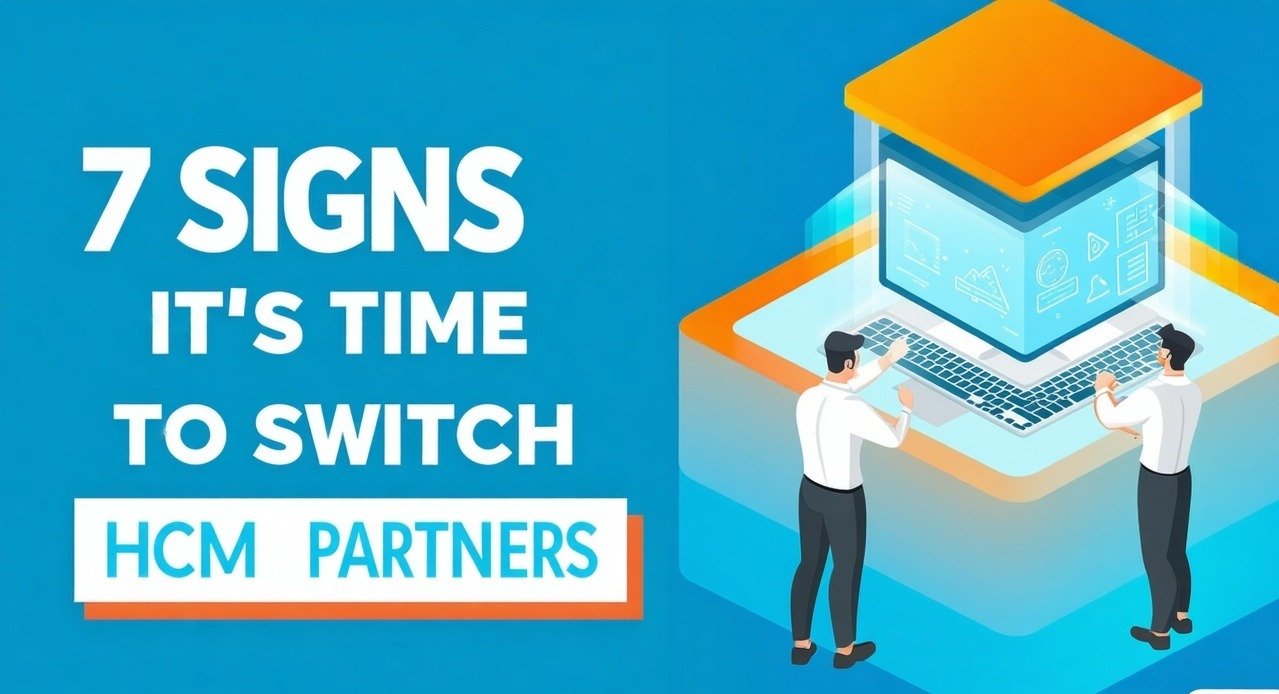



.webp?width=1080&height=1080&name=HR%20blocks(1).webp)
.jpeg?width=1024&height=1024&name=happy%20employees%20working%20together%20outside%20in%20the%20fall%20time(1).jpeg)
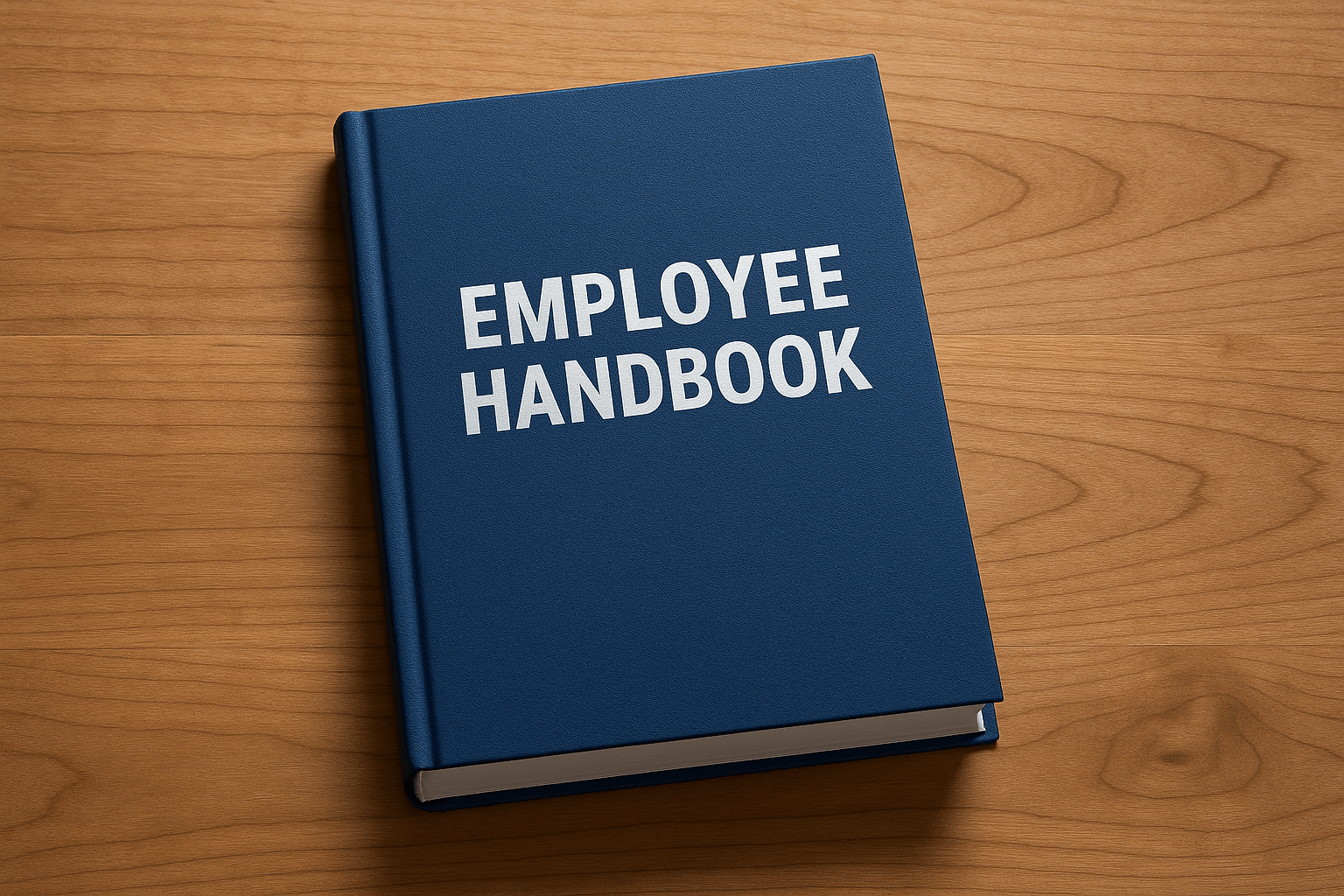







.jpeg?width=1344&height=768&name=Employee%20Retention%20Credit%20in%20amiercan%20english%20spelled%20across%20blocks(1).jpeg)


